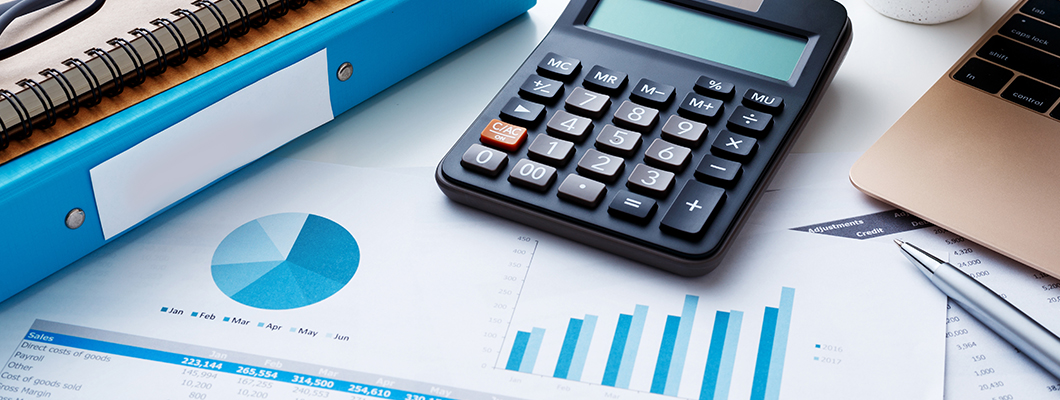Calculating the interest on a Fixed Deposit (FD) is essential for investors seeking assured returns. FDs are popular investment options due to their stability and predictable returns. Understanding how the best FD interest is calculated, given the rates, is crucial for investors looking to make informed financial decisions.
How Fixed Deposit Interest Rate Is Calculated
Calculating the interest earned on a Fixed Deposit with an FD interest calculator involves several key components and a specific formula. Here’s a breakdown:
Basic Components:
Principal Amount (P): This denotes the sum of money the investor deposited into the FD account. It serves as the base amount upon which interest accrues.
Interest Rate (R): The Interest Rate is the annual rate at which the deposited amount generates interest. It’s expressed as a percentage and determines the interest earned on the principal.
Tenure (T): The tenure signifies the duration the principal remains invested in. It’s typically measured in years, months, and days.
Importance of Understanding the Calculation:
Understanding this calculation helps investors estimate the returns they can expect from their investments. It highlights how the Principal Amount, Interest Rate, and Tenure interact to generate interest income, aiding investors in making informed decisions about their investments based on projected earnings.
Understanding the Maturity Value:
The Maturity Value of an FD represents the cumulative amount an investor receives once the FD reaches its maturity date. This value is derived from the sum total of two key components:
- Principal Amount:
The Principal Amount signifies the initial investment made by the depositor when opening the account. It’s the sum of money in the FD, forming the base on which interest accrues over time. The depositor entrusts this amount to the bank for a predetermined period, seeking accrued interest returns.
- Accrued Interest:
Accrued Interest is the earnings generated on the Principal Amount over the duration of the FD tenure. It’s calculated based on the interest rate offered by the bank and the duration for which the funds remain invested. As time progresses, the interest accumulates and adds to the Principal Amount, gradually increasing the overall value of the investment.
The formula for Maturity Value:
The Maturity Value of the FD is obtained by combining the Principal Amount with the total interest earned throughout the investment period. The formula for calculating the Maturity Value is straightforward:
Maturity Value = Principal Amount + Accrued Interest
Significance:
The Maturity Value reflects the total corpus that the investor will receive upon the completion of the FD tenure. This amount encapsulates both the initial investment (Principal Amount) and the returns accumulated over time (Accrued Interest), providing a clear picture of the overall growth and value of the investment. It serves as a crucial indicator for investors to assess the effectiveness of their chosen FD scheme in meeting their financial objectives and goals.
Factors Impacting FD Interest Rates
When it comes to FD interest rates, several factors come into play, influencing the returns an investor can expect. Let’s check deeper into these influencing factors:
Age-based Rates:
Banks typically offer differential best FD interest rates for different age groups. Senior citizens, usually classified as individuals above 60, often enjoy higher FD interest rates. This incentive aims to support retirees or individuals in their golden years, encouraging them to invest their savings and secure higher returns.
Deposit Tenure:
The tenure or duration for which the funds remain invested significantly impacts the FD interest rates. In general, longer tenures tend to yield higher interest rates. Financial institutions reward individuals committing their funds for extended periods by offering more attractive interest rates. This is because longer tenures allow banks to utilise these deposits for a more extended period, enabling them to plan and allocate funds for various lending and investment activities, thereby offering higher returns to the depositor.
Deposit Amount:
The amount deposited plays a role in determining the interest rate. Financial institutions often offer preferential rates for larger deposits. Larger investments signify a stronger commitment from the depositor, allowing banks to leverage these substantial funds for various purposes, including lending and investment activities.
Tax Implications
Interest earned on FDs is taxable. The bank deducts Tax Deducted at Source (TDS) if the interest earned exceeds a certain threshold. Investors can submit Form 15G (for individuals below 60 years) or Form 15H (for senior citizens) to avoid TDS deductions.
Conclusion
FD interest rates are calculated based on the principal amount, interest rate, and tenure. Investors must consider these factors and tax implications while choosing FDs. Online FD calculators offered by banks simplify this process, enabling investors to forecast returns effortlessly.
FDs offer a straightforward way to grow savings with assured returns, making them a favoured choice among conservative investors seeking stability and predictability in their investments.




